Acute kidney injury in the ICU: from injury to recovery: reports from the 5th Paris International Conference
- PMID: 28474317
- PMCID: PMC5418176
- DOI: 10.1186/s13613-017-0260-y
Acute kidney injury in the ICU: from injury to recovery: reports from the 5th Paris International Conference
Abstract
The French Intensive Care Society organized its yearly Paris International Conference in intensive care on June 18-19, 2015. The main purpose of this meeting is to gather the best experts in the field in order to provide the highest quality update on a chosen topic. In 2015, the selected theme was: "Acute Renal Failure in the ICU: from injury to recovery." The conference program covered multiple aspects of renal failure, including epidemiology, diagnosis, treatment and kidney support system, prognosis and recovery together with acute renal failure in specific settings. The present report provides a summary of every presentation including the key message and references and is structured in eight sections: (a) diagnosis and evaluation, (b) old and new diagnosis tools,
Keywords: Acute renal failure; Anticoagulation; Biomarkers; Epidemiology; Extracorporeal epuration; Renal blood flow; Renal replacement; Therapy.
(c) old and new treatments, (d) renal replacement therapy and management, (e) acute renal failure witness of other conditions, (f) prognosis and recovery, (g) extracorporeal epuration beyond the kidney, (h) the use of biomarkers in clinical practice http://www.srlf.org/5th-paris-international-conference-jeudi-18-et-vendredi-19-juin-2015/ .
Figures
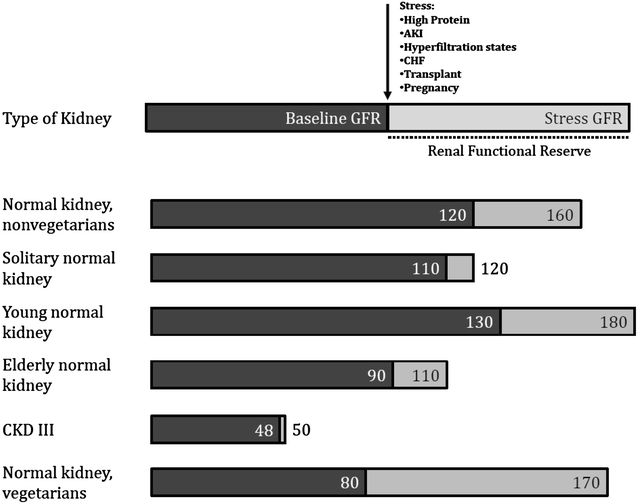
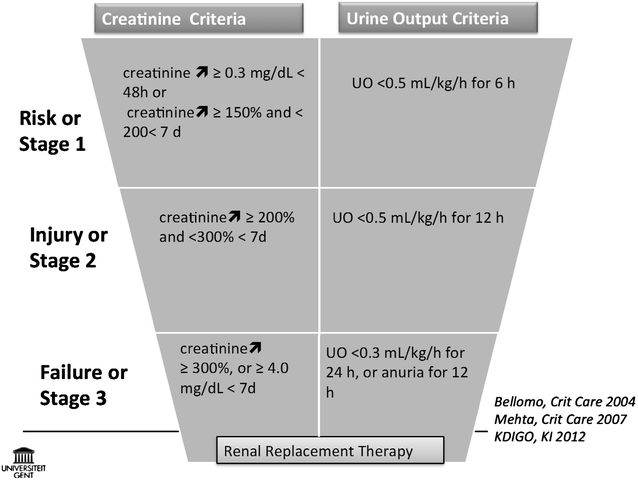

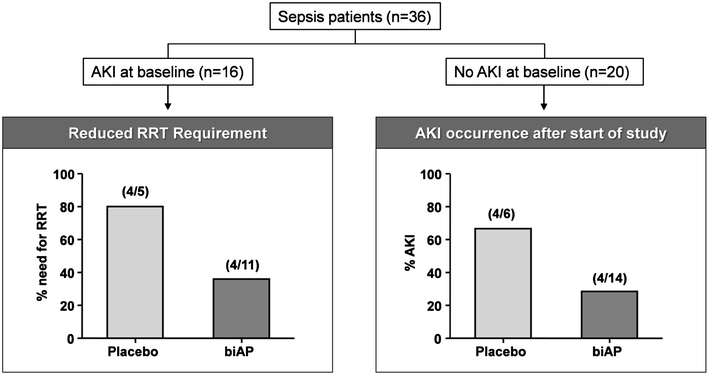

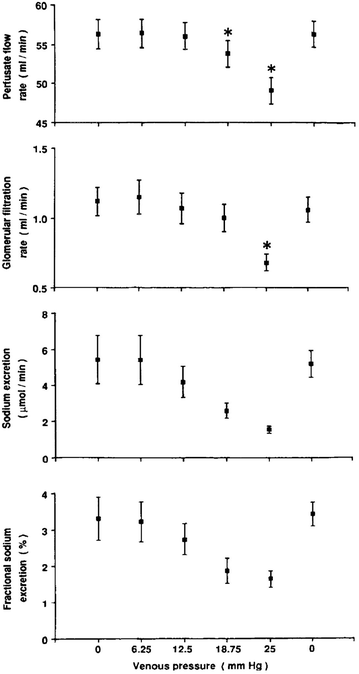
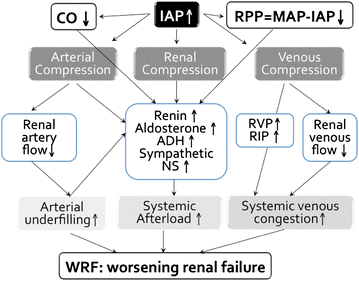

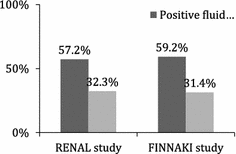
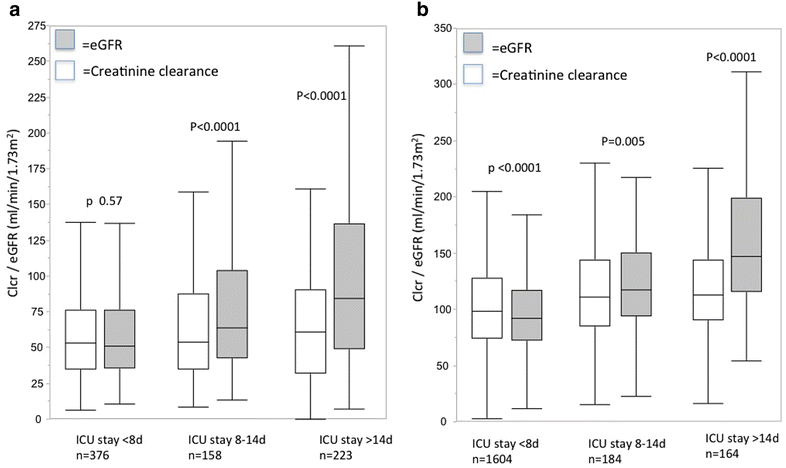
References
Publication types
LinkOut - more resources
Full Text Sources
Other Literature Sources

